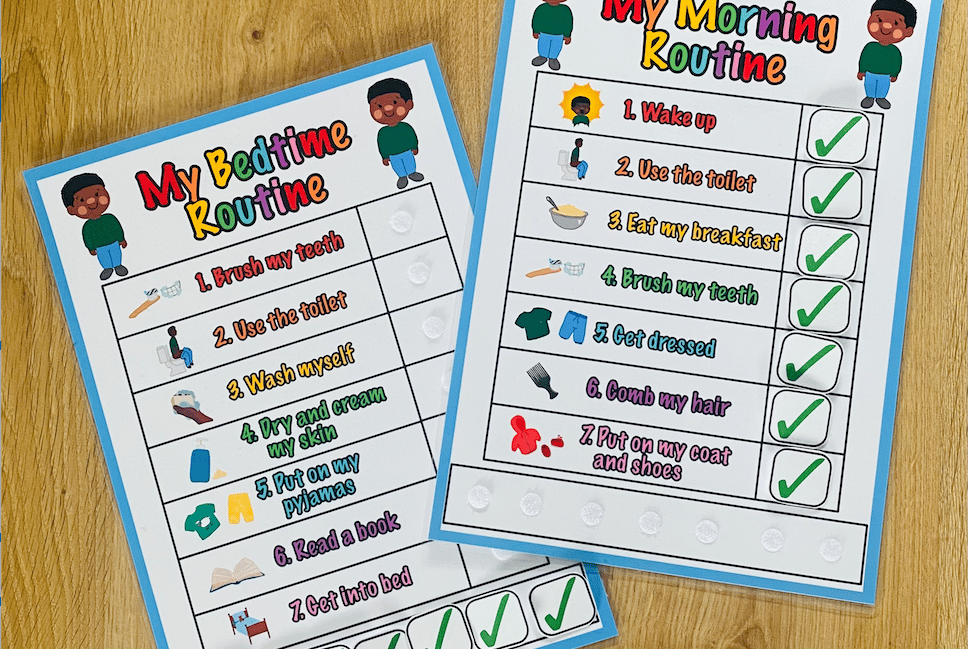20 Essential Reasons to Embrace Visual Aids for Autism
2 min read


When it comes to supporting autistic children, visual aids play a crucial role in their success. These tools serve a purpose, whether it's helping children understand a situation or enabling them to accomplish tasks more independently. By identifying the needs of your child and utilising visual tools, you can provide the necessary support for their growth and development. Let's explore the multitude of functions accomplished by visual aids and assess how many ways our children can benefit from visual support at home or in their school environment.
Establishing attention: Visual stimuli capture children's attention more effectively than verbal instructions alone, allowing for better comprehension and communication.
Providing information: Visual tools serve as a means to answer essential questions (who, what, why, where, when), enabling children to gather information and understand their surroundings.
Explaining social situations: The dynamic and unpredictable nature of social interactions can be challenging for autistic individuals. Providing social information through written or visual cues helps children comprehend and navigate social contexts more effectively.
Offering choices: Visual aids assist children in understanding their options and making choices, promoting independence and decision-making skills.
Structuring the day: Creating schedules or visual timelines helps reduce anxiety and provides children with a clear overview of what is happening or what is to be expected throughout the day.
Teaching routines: Visual supports aid in teaching and reinforcing routines by breaking them down into manageable steps, enabling children to learn and follow them more efficiently.
Teaching new skills: Visual supports facilitate the learning process for acquiring new skills, whether it's using the toilet, brushing their teeth, or washing themselves.
Supporting transitions: Visual cues assist children in transitioning from one step or activity to another, ensuring a smooth shift and minimizing anxiety.
Maintaining focus: Visual supports aid children in staying on task by providing a clear reminder of the current activity and promoting sustained engagement until completion.
Ignoring distractions: Visual strategies help children consciously focus their attention on desired activities, minimizing distractions that may hinder their concentration.
Time management: Visual tools make time more tangible and accessible for children, helping them understand durations, schedules, and transitions.
Communicating rules: Visual cues effectively communicate rules and expectations, ensuring children have a clear understanding and reducing instances of confusion or impulsivity.
Assisting with change: Preparing children for upcoming changes or deviations from their routine helps alleviate anxiety and prevent potential challenges or disruptions.
Guiding self-management: Visual supports enable children to make better choices and help them to manage their behaviour in situations that may cause anxiety or problems.
Aiding memory: Visual cues enhance memory recall, assisting children in remembering tasks, instructions, or important information, ultimately promoting independence.
Accelerating cognitive processing: For children who may have a wealth of information but struggle with processing speed, visual cues can expedite access to knowledge and improve cognitive efficiency.
Supporting language retrieval: Visual aids help children recall and retrieve vocabulary or information they may have difficulty accessing verbally, promoting effective communication.
Providing structure: A visually organised and predictable environment enhances comfort and comprehension, fostering a sense of security and reducing anxiety.
Learning vocabulary: Personalised routines with visual representations of important vocabulary, such as names, favorite items, or activities, facilitate learning and recall.
Expressing emotions: Translating emotional responses into visual representations help children to understand and explore their emotions.
